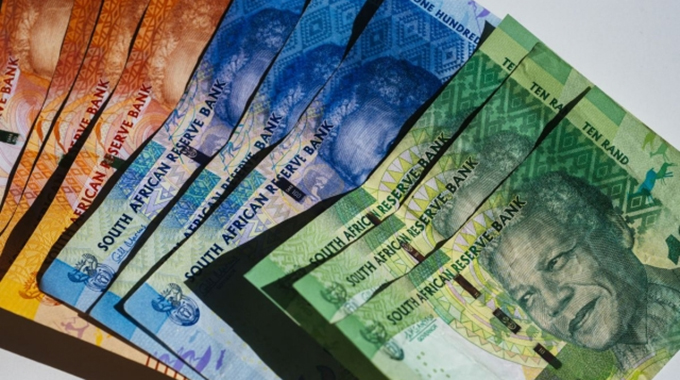Emerging markets reel as dollar flexes muscles

LONDON. – The sell-off in emerging markets gathered pace on Wednesday and global stocks fell for the fourth day in a row as a looming deadline in the US-China trade conflict kept the dollar holding firm near two-week highs.
A public comment period on the possibility of fresh US tariffs on another $200 billion of Chinese goods ends today, with expectations that the additional levies will be imposed by US President Donald Trump.
The United States and Canada will also resume discussions on Wednesday on revamping the North American Free Trade Agreement (NAFTA). Ottawa is not expected to back down on key issues despite Trump’s threats to retaliate.
The dollar is benefiting from these uncertainties. But it has also drawn strength from upbeat US indicators supporting the case for further interest rate hikes by the Federal Reserve — data showed US manufacturing activity accelerating to more than a 14-year high in August.
Measured against a basket of currencies, the dollar was flat on the day, though it retreated a touch to stand just off two-week highs hit on Tuesday.
The greenback’s 8 percent surge since end-March has sent emerging markets reeling, with MSCI’s emerging equity benchmark falling for the sixth day in a row and down 1,5 percent on the day, while an index of emerging market currencies shed 0,3 percent to 15-month lows.
European shares retreated 0,6 percent to two-month lows, following weak closes in Asia, where expectations of US tariffs sent Chinese shares down almost 1 percent.
“Until last month people were focusing on US company earnings but now they are looking closely at what’s happening in emerging markets, at the trade war and the fact that the United States is likely to implement another wave of tariffs against China,” said Christoph Barraud, an economist at Paris-based brokerage Market Securities.
“If you look at global growth, more and more signs are that it will slow in coming months.”
The growth outlook fears, particularly for the developing world, were encapsulated by South Africa where data on Tuesday showed the economy slipping into recession for the first time since 2009.
The rand has subsequently joined the Turkish lira and Argentine peso in a relentless sell-off, falling 1 percent and adding to the previous day’s 3 percent slump.
Argentina’s peso fell again on Tuesday, even though International Monetary Fund chief Christine Lagarde confirmed the IMF was working to improve a $50 billion standby finance deal for the country.
The peso has shed more than half its value to the dollar this year, with Turkish lira a close second, having fallen more than 40 percent.
There were signs of distress also in Indonesia, where the rupiah is trading at its lowest since the 1998 financial crisis. The Mexican peso shed 1 percent to a two-month low against the greenback.
“Rising US rates, weak emerging market macro fundamentals and jittery geopolitics make for a poisonous concoction for EM assets,” analysts at Danske Bank said.
They also highlighted a geopolitical element to the sell-off, noting that Russia and Turkey at least had “seen their crises aggravated by geopolitical confrontation with the US”.
The trade war fears are not sparing US markets either, with equity futures for all three New York indexes down around 0,3 percent.
Along with the US interest rate outlook, these concerns are keeping intact the dollar’s safe-haven appeal. The greenback was at a near one-week high versus the yen while the euro was flat, following a loss of 0,35 percent on Tuesday.
The British pound retreated 0,2 percent to two-week lows.
“In a context where US growth is still resilient, it supports a Fed rate hike in September and likely also in December,” Barraud said. “There is focus on the growth differential (between the United States and the rest of the world).”
One bright spot was Italy, where the mood has been lifted by signs the coalition government has abandoned plans for a spending binge that would have risked credit rating downgrades and put Rome on collision course with the European Union.
Italian stocks rose 1 percent, contrasting with declines elsewhere and sovereign borrowing costs fell sharply — 10-year bond yields slipped under 3 percent for the first time in more than two weeks.
On commodity markets, oil prices fell one percent, pressured by the dollar and signs a tropical storm had impacted US Gulf coast production less than expected. – Reuters.










Comments